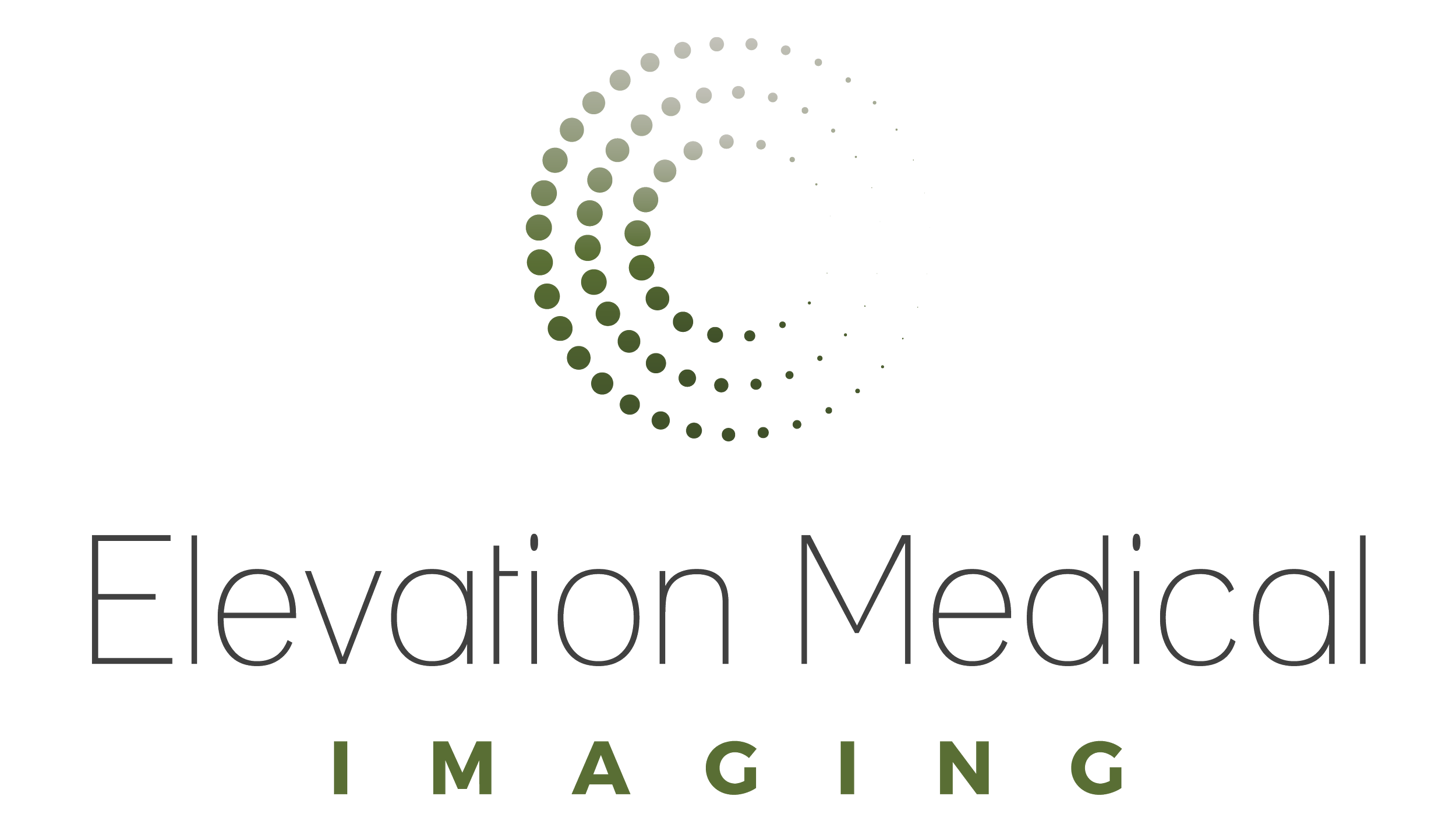CT Scan Versus MRI Versus X-Ray: What Type of Imaging Do I Need?
Author: Laura Marie Fayad, M.D., M.S.
Source: https://www.hopkinsmedicine.org/health/treatment-tests-and-therapies/ct-vs-mri-vs-xray
If you’ve ever had an injury, chances are you’ve had an imaging exam. Medical imaging is an extremely powerful tool that can help doctors diagnose a range of conditions. Different imaging technologies (or modalities) help your physician precisely diagnose and treat your condition. Learn the differences between a CT scan, MRI, and X-ray so you can have an informed discussion with your doctor about which type of imaging is right for you.
CT scans, MRIs and X-rays are all diagnostic tools that allow doctors to see the internal structures of the body. They create images using various forms of electromagnetic energy such as magnetic fields and X-rays. These imaging technologies differ widely when it comes to:
Accessibility
Resolution (level of detail in the images)
Type of energy used
What injuries require an X-ray?
An X-ray, also called a radiograph, sends radiation through the body. Areas with high levels of calcium (bones and teeth) block the radiation, causing them to appear white on the image. Soft tissues allow the radiation to pass through. They appear gray or black in the image.
An X-ray is the fastest and most accessible form of imaging. An X-ray exam only takes a few minutes to complete. “That’s usually the first-line imaging,” explains Laura Fayad, M.D., M.S., chief of musculoskeletal imaging at Johns Hopkins Medicine “X-rays often allow us to see major problems with the bones.”
X-rays are ideal for spotting:
Fractures
Dislocations
Misalignments
Narrowed joint spaces
An X-ray won’t show subtle bone injuries, soft tissue injuries or inflammation. However, even if your doctor suspects a soft tissue injury like a tendon tear, an X-ray might be ordered to rule out a fracture.
What injuries require an MRI?
When problems are too subtle to see on an X-ray, that’s where an MRI comes in. An MRI offers excellent contrast resolution for bones and soft tissues. An MRI, or magnetic resonance imaging, uses a powerful magnet to pass radio waves through the body. Protons in the body react to the energy and create highly detailed pictures of the body’s structures, including soft tissues, nerves and blood vessels. Unlike X-rays and CT scans, MRIs don’t use radiation. Sometimes MRIs are ordered with contrast injections. The contrast medium show up brightly on MRI images so that doctors can see very small injuries to the anatomy and can see the vascular system in greater detail.
An MRI scanner is a highly specialized machine and may not be available in some imaging facilities or emergency rooms. At Elevation Medical Imaging, we use the The Optima™ MR450w with GEM Suite, which combines the benefits of wide-bore imaging (for a more comfortable, less confining experience) with GEM, or Geometry Embracing Method. This technology adapts to the specific geometry of the equipment and the patient.
MRIs are especially useful for spotting sports injuries and musculoskeletal conditions, including:
Cartilage loss
Joint inflammation
Nerve compression
Spinal injuries
Torn or detached ligaments, tendons, muscles and cartilage, such as:
Meniscal tears
ACL injuries
Achilles tendon ruptures
Sprains and strains
Rotator cuff tears
What injuries require a CT scan?
A CT scan, or computed tomography scan, sends radiation through the body. However, unlike a simple X-ray study, it offers a much higher level of detail, creating 360-degree views of the body’s structures. They take longer than X-rays but are still fast (about one minute). This makes them ideal for emergency situations. “CT indications are often related to trauma, such as someone who was in an accident or fell, to rule out fracture,” explains Fayad.
At Elevation Medical Imaging, we use the Optima CT660 which is a CT system-one that works hard while making life easier for diagnosticians and physicians. This scanner minimizes the radiation dose a patient receives (because it is fast and very high resolution) while delivering diagnostic image quality and highly competent, personalized care in an efficient and effective manner. The Optima CT660 meets the needs of patients young and old, large and small, across a broad spectrum of procedures. This diagnostic procedure can be ordered with or without contrast by your physician
CT scans can spot:
Blood clots
Bone fractures, including subtle fractures not visible on X-ray
Organ injuries
Brain injuries
Vascular diseases
What are the differences between an MRI and CT scan?
A CT scan may be recommended if a patient can’t have an MRI. People with metal implants, pacemakers or other implanted devices shouldn’t have an MRI due to the powerful magnet inside the machine. CT scans create images of bones and soft tissues. However, they aren’t as effective as MRIs at exposing subtle differences between types of tissue.
Talk to your doctor about types of imaging
You can play a more active role in your care by knowing the differences between a CT scan, MRI and X-ray. Don’t be afraid to ask your doctor why a particular type of imaging test has been recommended. Often, your doctor will have consulted with a radiologist about what test you need. “Radiologists are the doctor’s doctor,” explains Fayad. “We usually interface with other physicians, but patients are also welcome to talk to a radiologist directly if they have questions about an exam.”
The right imaging can lead to the right diagnosis, which is an essential part of effective treatment. It’s important to choose an imaging center that offers a full range of technologies, and experienced radiologists and technologists who are trained in specific body areas, diseases and imaging techniques.
AtElevation Medical Imaging, we use state-of-the-art technology, have experienced staff and leading radiologists (at the Cleveland Clinic and vRad), and offer a spa-like experience for patients. We offer patients same-day or next-day appointments and we take care the hassles related to getting scans pre-authorized by your insurance provider. ur technologists and radiologists provide diagnosis and results within hours, not days, of your scan being completed. Our experts are there for you if you have questions about your scan. We accept most major insurance providers.
To learn more and book your next appointment visit our website at https://www.emimed.us/ or give us a call at (307) 444-4215

